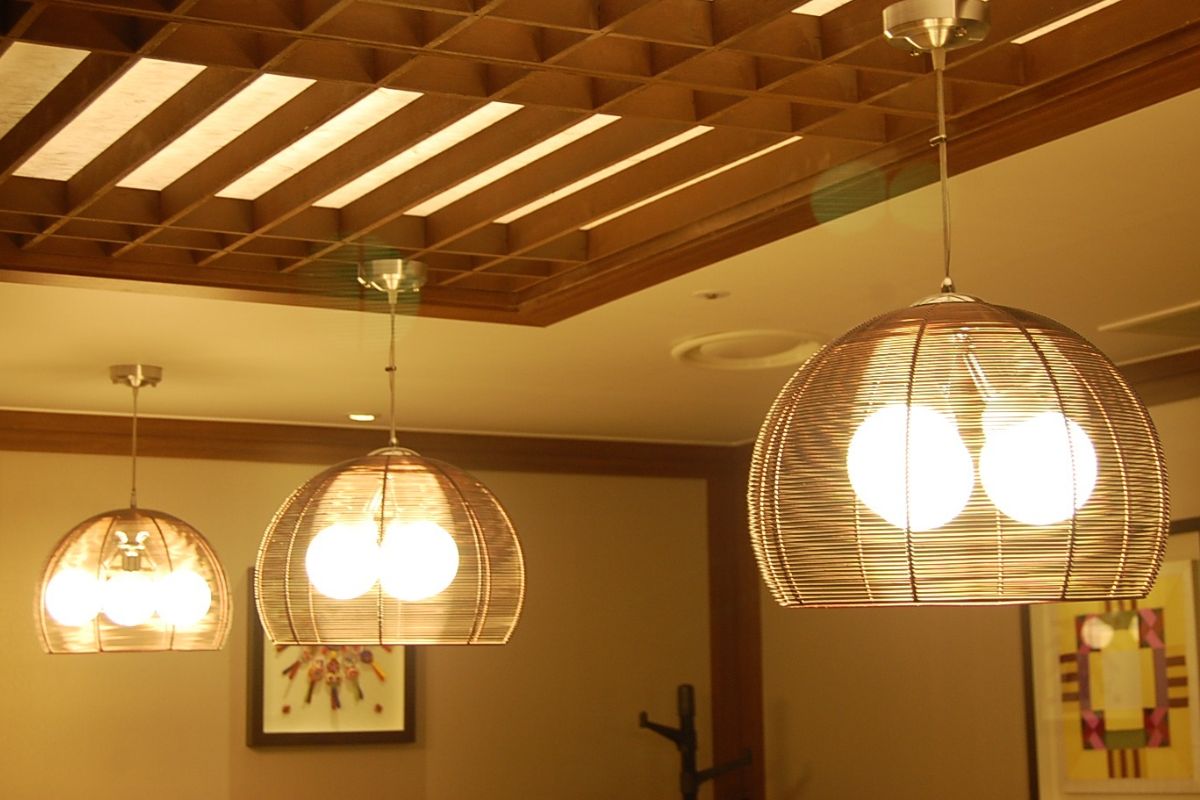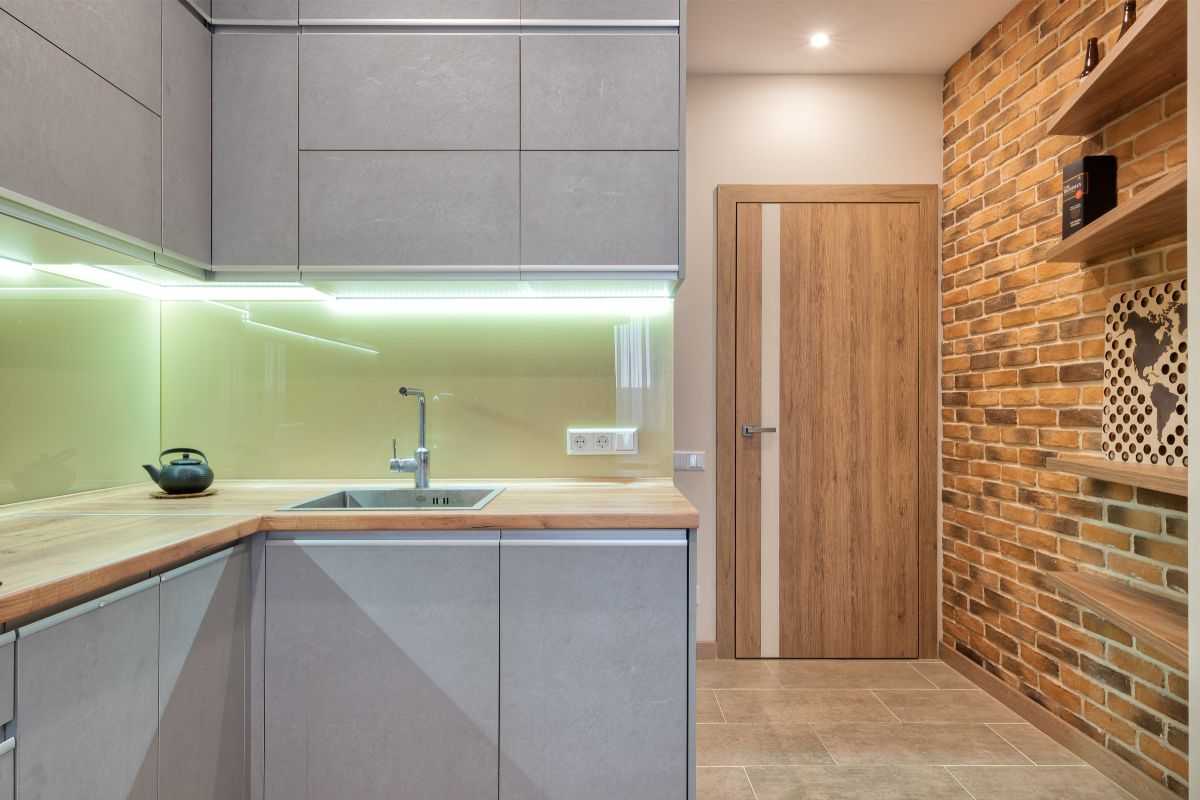Solar technology is finally readily available for residential applications! But that doesn’t necessarily mean it’s accessible to the average consumer, as a solar system complete with panels, charge controller, solar generator, and all the stuff in between can set you back a small fortune!

But what if I told you that you could get in on the solar shenanigans for as little as, say, $300? Interest piqued? Fantastic, but before I go any further, you should know that there’s a catch to this sweet deal… you have to assemble the generator yourself.
I know, I know… you probably don’t have a doctorate in electrical engineering, but neither do I, and I know exactly how to build a solar generator. In fact, I’m going to show you how it’s done right now!
What You’ll Need?
- An affordable solar panel — I went for this 2p c. Renogy bundle.
- A sizable battery — You’re looking for 12 V or more. Something like this Weize SLA unit wouldn’t be a bad choice.
- A battery box — Obviously, you’ll need to check the dimensions of your battery before selecting your box.
- A 12 V DC battery meter
- A DC port (not available on Amazon, but you can pick one up from the hardware store. You’ll find it near all the car cigarette lighter stuff.
- An inverter
- A drill
Building A Solar Generator: A Step-By-Step Guide
Step 1 — Choosing Your Solar Panel
It’s a good idea to start small with your solar panels, as you’re only making a compact system here, and as it’s a DIY project, something could easily go wrong, so you want to keep your budget as low as possible.
That’s not to say you can’t invest in some quality monocrystalline technology, though, as rigid mono panels are pretty affordable these days, as evidenced by the Renogy panel duo I picked up (linked above).
If you want to max out this system; however, look for a panel with a bit of headroom, say… 16 V rather than 12. Why? Well, solar panels typically underperform a little, no matter how expensive or well-made they are.
Step 2 — Choosing A Battery
As mentioned earlier, you’ll need a 12 V battery for this project — SLA or gel. You’ll also need to make sure that it’s a deep cycle design that can handle continuous use. Batteries fluctuate wildly in price, but you can ignore the upper echelons of the market.
Pick up one between $50 and $70. If this project goes well, you can always upgrade any of the components at a later date.
Step 3 — Box Your Battery
You don’t necessarily have to put your battery in a box, as they’re quite well-made units, but if you have kids or pets running around wherever it’s going to sit, it’s better to err on the side of caution and box it.
The goal here is to keep vulnerable persons or creatures away from the terminals, but if there aren’t any around, then it’s unnecessary. That said, a box can make your build look a lot more impressive, so there’s that to consider.
If you do choose to purchase a battery box, be sure to find one that can accommodate your battery, as both batteries and boxes come in all shapes and sizes. It doesn’t have to be a perfect fit. Should there be a bit too much wiggle room in there, you can pad it out with a few neoprene foam rubber inserts.
Step 4 — Select A DC Input & 12 V Meter

You can find a selection of DC inputs in your local automotive store. I chose a triple inlet unit, but you can go with whatever you think will work best for you. All solar panels produce a DC current, and this input allows you to harness it in your battery. You should also pick up a battery meter that will serve as a rudimentary display.
Step 5 — Pick Up An Inverter
There are quite a few DC appliances out there, but for the most part, you’ll be using AC appliances, which means you have to find a way to convert the DC current of your solar panels into an AC current before it passes through to your electronics — Enter the inverter!
Inverters do exactly that. They take a DC current and give it the AC makeover before sending it on its way, but how do you go about choosing an inverter?
All you have to do is add up the wattages of the AC appliances you wish to run and then find an inverter with the capacity to handle that much power. So, if you want to run a small TV and a DVD player, and they require 140 watts, you’ll need a 140-watt inverter.
These things can be pretty expensive, but if you head to your local hardware store, you’ll be able to find some for around $50.
Step 6 — Customizing The Box
Drill holes through the top of the box in order to mount both the DC inputs and the DC battery meter. Drill some additional holes for the wires to travel through to the battery terminals.
Step 7 — Making Connections
Grab some insulated wires, use some wire strippers to deglove the ends, then use them to connect the meter to the battery wingnuts through the additional holes drilled into the battery box. Start with the negative pole, then move on to the positive, working with only one wire at a time.
Step 8 — Wiring In The Panel
To finish things off, use the same wiring technique to connect the solar panel to the battery. If you really wanted to streamline your homemade system, I’d recommend investing in a charge controller and then wiring it into the pipeline between the panel and the battery.
Step 9 — Bungee The Box
Finally, secure the battery box with a bungee cord, and voilà; you’re done!
Final Thoughts
I hope you’ve got some good weather on the way because you’re going to need between 5 and 8 hours of direct sunlight to get that solar generator of yours fully juiced. Once it’s charged up, you’ll be able to power small electronics for between 7 and 8 hours, which saves you a few pennies in the long run too!



